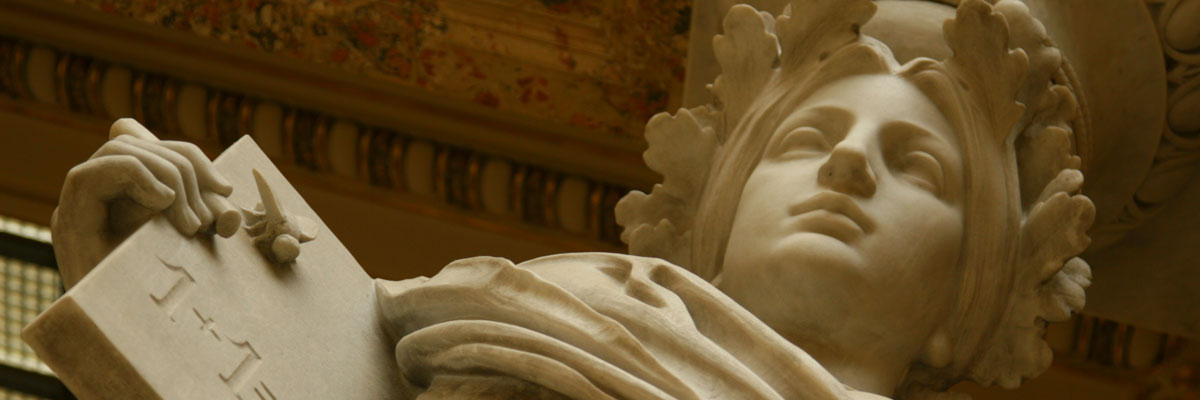
IOCB researchers take a key step toward fully controllable molecular machines
10. 11. 2025
A research team at IOCB Prague led by Jiří Kaleta has described a new concept for light-driven molecular motors that remain fully functional even after being anchored to a metal surface, where they continue to perform controlled rotary motion. The scientists have thus overcome one of the main obstacles on the road to fully controllable molecular machines – a development expected to have a major impact on the creation of intelligent materials, among other applications. The study provides deeper insight into the control of motion at the nanoscale. The paper was published in the journal Angewandte Chemie International Edition.
The study of molecular motors is among the most fascinating areas of contemporary chemistry and nanotechnology. Comprising only a few dozen atoms, these machines can move or rotate in a precisely defined direction when exposed to an external stimulus, such as light. The team at IOCB has developed two types of so-called four-legged motors attached to a rigid triptycene base. Triptycene is a three-dimensional structure that holds the stationary part of the motor slightly above the surface, allowing the rotor to move freely and in a precisely controlled manner. Upon exposure to light, the rotor first makes a partial turn and then completes the rotation through the influence of heat, resulting in a full, controlled 360° rotation. Kateřina Bezděková, the first author of the study and a member of Kaleta’s research group, explains: „Our motors are designed like building blocks, making them easy to adjust for different applications. We show that controlled motion at the molecular level can not only be achieved but also modified.”
Read the full press release here.
Read also
- Two of Europe´s most prestigious grants awarded to the Czech Academy od Sciences
- Czech scientists discover a cellular “safety switch” that protects DNA from damage
- Fungi may use toxic substances to spread skin infections from guinea pigs to children
- ‘Disease in a dish’ study of progressive MS finds critical role for unusual type of brain cell
- Embracing complexity to better forecast volcanic eruptions
- Matyáš Fendrych Receives ISTA Alumni Award
- Hidden parasites could threaten the health of endangered mountain gorillas
- 90% of mycorrhizal fungal biodiversity hotspots lie outside protected areas
- How lakes connect to groundwater critical for resilience to climate change
- A unique method of rare-earth recycling can strengthen the material independence
The Czech Academy of Sciences (the CAS)
The mission of the CAS
The primary mission of the CAS is to conduct research in a broad spectrum of natural, technical and social sciences as well as humanities. This research aims to advance progress of scientific knowledge at the international level, considering, however, the specific needs of the Czech society and the national culture.
President of the CAS
Prof. Eva Zažímalová has started her second term of office in May 2021. She is a respected scientist, and a Professor of Plant Anatomy and Physiology.
She is also a part of GCSA of the EU.